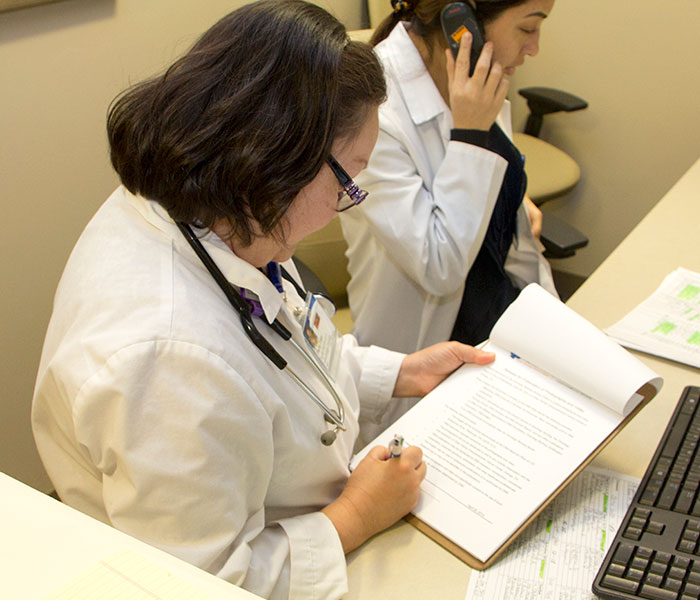Oncology nurses are at an increased risk of exposure to airborne hazards when they’re administering cytotoxic treatments and caring for immunosuppressed patients that are susceptible to resistant infections. Airborne transmission occurs through small particles or droplet nuclei that remain in the air for extended periods of time. Healthcare organizations are expected to provide sufficient respiratory protection for workers potentially exposed to infectious organisms and hazardous agents.
Respiratory Protection for Infectious Agents
Protection against infectious agents is addressed in the Occupational Safety and Health Administration standards related to bloodborne pathogens, personal protective equipment and respiratory protection. Respiratory Protection for Healthcare Workers is a free online course consisting of two short modules with CNE credit available from the American Association of Occupational Health Nurses. The modules specifically focus on airborne precautions, providing an update related to emerging infections and the proper use of respirators in healthcare settings.
Respiratory Protection for Hazardous Agents
During hazardous drug activities, the Centers for Disease Control and Prevention, along with the National Institute of Occupational Safety and Health, recommendation is to “select specific respirators based on an assessment of your potential exposure to hazardous drugs.” Guidance can be found in the Personal Protective Equipment for Use With Hazardous Drugs, a handy reference guide developed by ONS in collaboration with other professional associations.
Consulting the material safety data sheet for each hazardous drug determines the appropriate respiratory protection to use. In general, respiratory protection is recommended during following hazardous drug activities:
- In hazardous drug preparation areas
- When cleaning hazardous drug spills
- When risk of exposure to hazardous aerosols or vapors exists
- During intravesical administration.
When one of the above situations does not apply, voluntary use of respirators and masks is always an option. When faced with the need or option to select a protective mask, consider the following.
- A standard surgical mask provides no protection against gases and vapors and little protection against direct liquid splashes.
- Fit-tested N-95 or N-100 particle masks are sufficient for intravesical administration and spills able to be contained by spill kit supplies.
- Chemical cartridge-type respirators should be used when cleaning larger spills (such as infusion bag breaks or disconnected lines), when decontaminating preparation areas, and when unpacking hazardous drugs not packed in plastic.
Following proper respiratory procedures can protect you from hazardous drugs and airborne infections. Knowing when use the proper protection, and educating your colleagues on potential airborne dangers, is just one more way you can foster a culture of safety in your practice.






